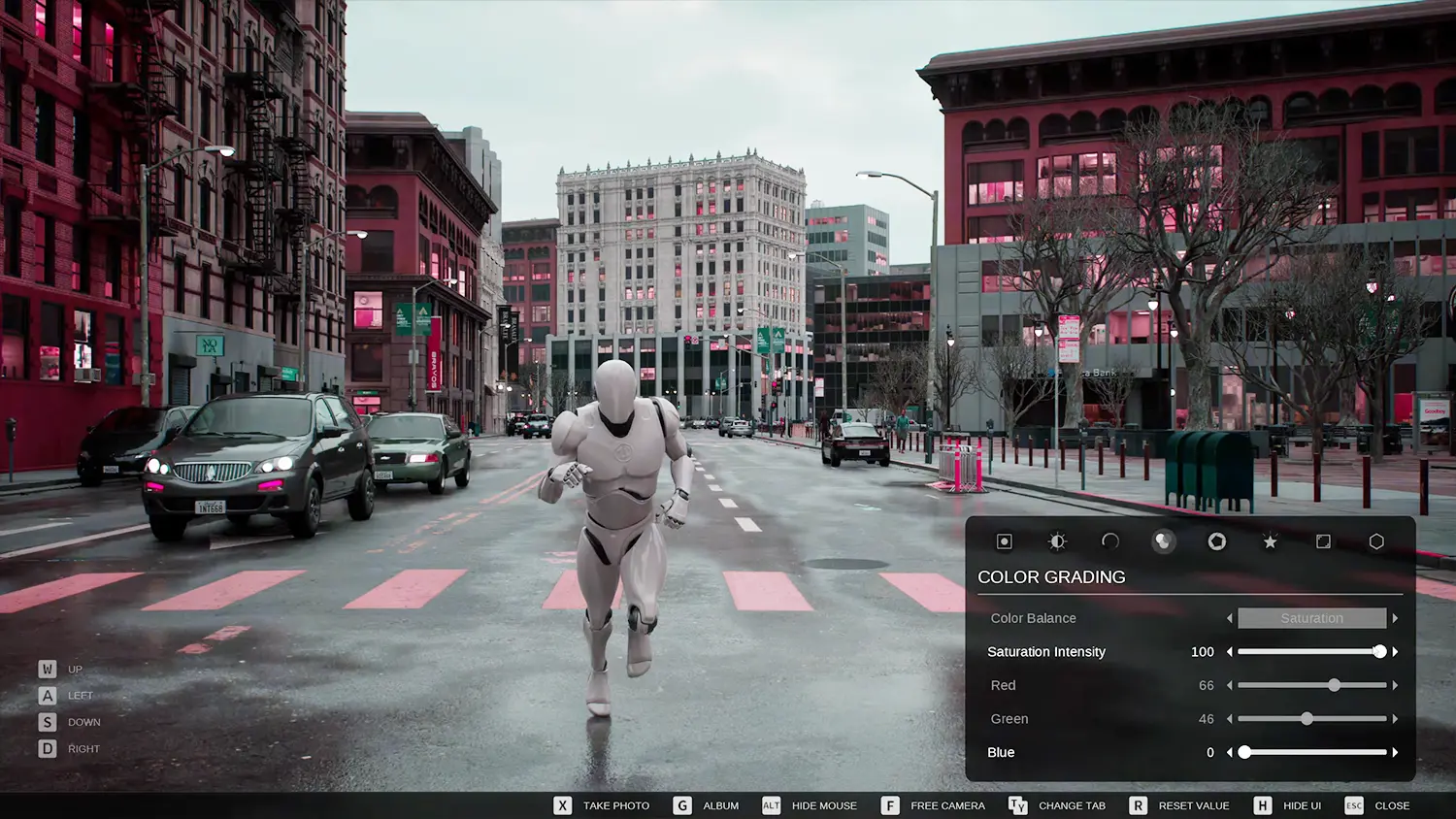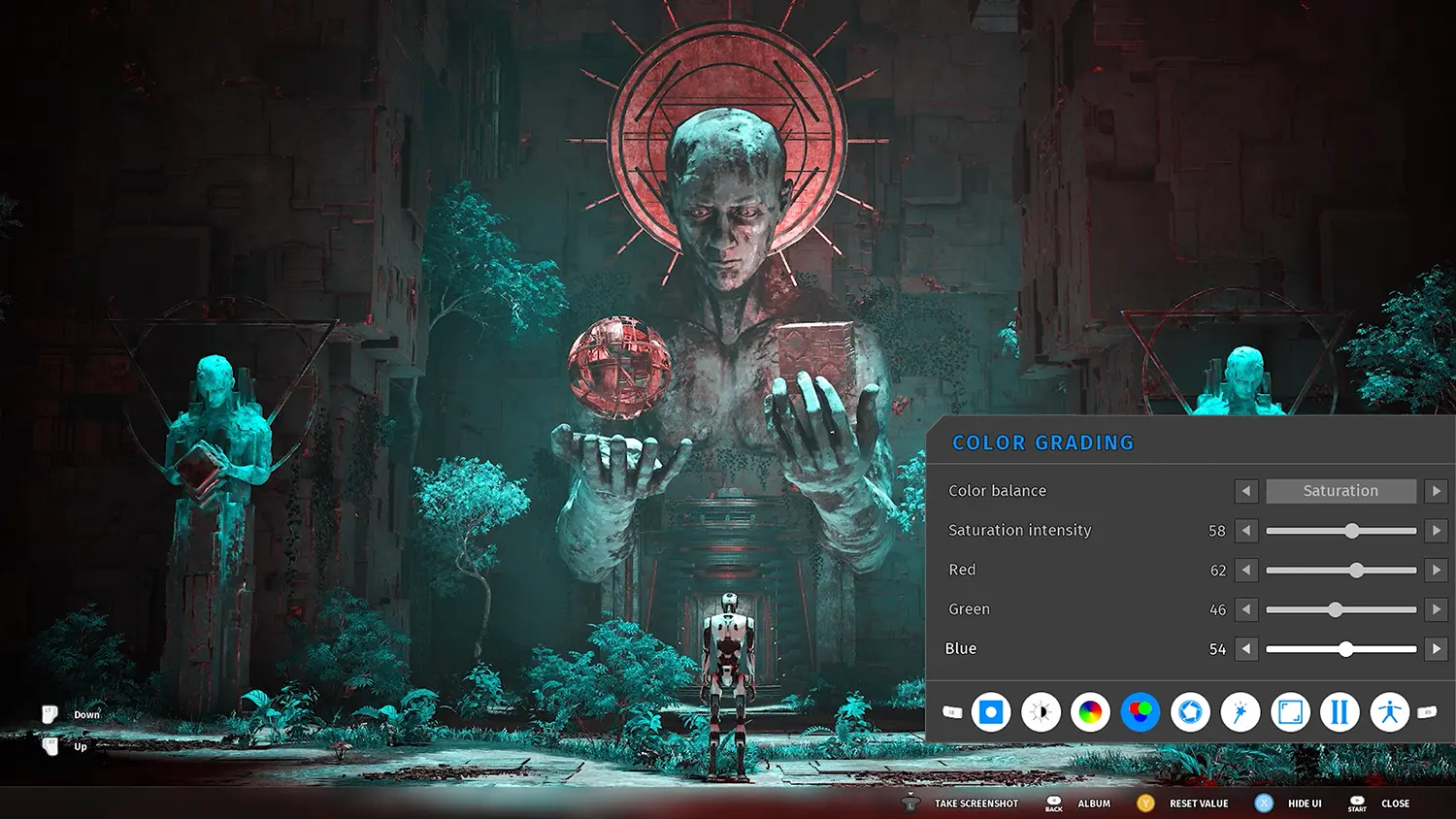- Mik Bromley
- Nov 8, 2023
- 3 min read
Updated: Nov 10, 2023

ℹ️ Unreal Engine Common Photo Mode
Developer: Epic Games
Seeing different video games being made using a common game engine is nothing unusual, in fact it is very much expected. If every studio had to develop bespoke technology to handle their game's physics, AI behaviour, and 3D rendering, the result would simply be fewer games reaching the market.
This is exactly why things like Unreal Engine and Unity exist, providing developers with all the tools they need to make a game work and letting them spend more time on the creative aspects and actual gameplay mechanics.
So, if the tech behind world building, animation, and even lighting can be shared, wouldn't it make sense for an engine to also have default photo mode functionality built in as well?

- NVIDIA // ANSEL -
Of course, it does make sense, and although things like Nvidia Ansel and third-party camera tools exist, these are external to the game and I'm thinking more about something that can be baked in as a native photo mode setup.
This is certainly no fantasy, and you may well have seen exactly that sort of thing already without even realising it, as a few recent examples have made apparent. Within the space of 3 weeks, Lords of the Fallen and The Talos Principle 2 have launched with photo modes, while Deliver Us Mars received one in its latest update, and it doesn't take much to spot a number of similarities.

- LORDS OF THE FALLEN // PHOTO MODE -
- Image credit shinobi_space -
All three share a similar UI design, actually identical in some cases even down to the different tabs and icons used for them, but what really gives the game away is the inclusion and layout of the exact same features and settings – especially when some of those are quite unusual.

- DELIVER US MARS // PHOTO MODE -
- Image credit KeokeN Interactive -
In each game, you will find Saturation, Contrast, and Gamma on identical tabs with separate RGB sliders, the same goes for the customisable frame colours and, although a depth of field tab is nothing out of the ordinary, it's not often that this would include the somewhat obscure "Sensor Width" option.

- TALOS 2 // PHOTO MODE -
Things like this are a real giveaway and make it pretty obvious that these three games share the same underlying photo mode. They also all happen to be built in Unreal Engine, so it may seem logical to assume that this is evidence of a baseline photo mode that is built into the engine itself.
Well, that's not quite the case, but it doesn't take too much digging on the Unreal Marketplace to find that there are at least 10 "photo mode" add-ons available.

- UNREAL // MARKETPLACE -
One of the more popular choices is the "Advanced Photo Mode" by AleeZL and there is no doubt that this is the blueprint being used in Lords of the Fallen, The Talos Principle 2, and Deliver Us Mars.
- ADV. PHOTO MODE // BY ALEEZL -
The UI design is immediately familiar, and you'll also find matching RGB colour grading options, screen effects, and even the exact same pixelated and heat haze rendering modes that feature in the games. Ah yes, and that Sensor Width setting is right there too.
For anyone wondering, "Sensor Width" is a setting that tries to reproduce the effect that different sized camera sensors have on depth of field. The only thing is, they don't actually have any effect themselves in reality and it's really just an indirect result that comes from changing other settings to keep the same visible field of view – see, I told you it was obscure!
- TALOS 2 // PHOTO MODE -
Advance Photo Mode can be purchased for just £14.56 / $14.99, and if you are thinking that this sounds like a cheap and easy option and that developers should put in more effort themselves, first try looking at it another way.
Convenient access to pre-built photo mode features will undoubtedly result in more studios releasing games with a photo mode included as they recognise the various benefits that an engaged fanbase of virtual photographers can have. More photo mode-enabled games mean more opportunities to shoot; it's kind of a win for everybody.
- TALOS 2 // POSES -
There's also the fact the this is a pretty good starting point and that studios are free to customise it or add their own novel features. Take the extensive character posing options in The Talos Principle 2 for example, or the extremely innovative ability to save a revisit the entire 3D scene in Lords of the Fallen.
Just like how common game engines enable more games to be made and studios to concentrate on making them fun and interesting, common photo modes will do the same for in-game photography, putting more virtual cameras out there and letting developers build on them with their own ideas.
Subscribe to the regular newsletter for all the latest features from TheFourthFocus.com


















Kaiser OTC benefits provide members with discounts on over-the-counter medications, vitamins, and health essentials, promoting better health management and cost-effective wellness solutions.
Obituaries near me help you find recent death notices, providing information about funeral services, memorials, and tributes for loved ones in your area.
is traveluro legit? Many users have had mixed experiences with the platform, so it's important to read reviews and verify deals before booking.